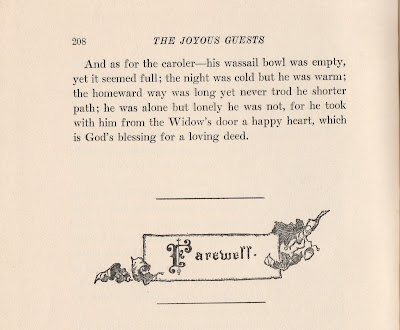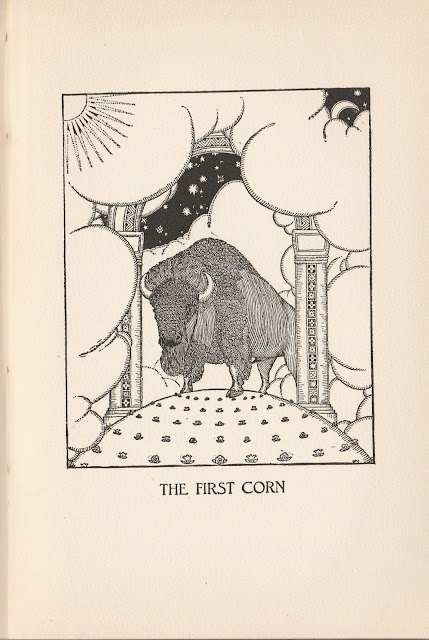Now is the perfect time to look back and see how the year went and what might need to be done differently in the coming year.
The folks at Clipart Library have some great images for looking back at 2016. I've chosen them for this post, but they have other topics worth checking.
For my part I want to stick to Storytelling here (although I promise I'm also looking at other parts of my life, too!)
- There have been weekly posts here, including 31 segments of the popular Keeping the Public in Public
Domain stories, although I've also sometimes told other stories, too. I've noticed it has become popular reading for our U.S. service members. I'm happy to give them something to read during those times when some entertainment is needed.
- I love the research and time travel of Historical Storytelling Programs - my program as Liberetta Lerich Green and the topic of abolition, the Underground Railroad, and the Civil War has been popular for many years, but this year I particularly remember the small town of Mecosta packed the hall and were very enthusiastic.
- Another of my historical programs, this one about World War I had preview programs and a debut. I'm excited to tell about the "Hello Girls" as Marine City bilingual telephone operator, Oleda Joure Christides. This is as much a story of Women's History as it is for the coming centennial of the U.S. in this often overlooked war which moved our country into playing a role on the international scene.
- I'd heard about the Jesuits for years, but this past year let me tell to them as both Liberetta and Oleda. There was nothing retired about the intellect and good wit of these "Jebbies" and I hope to have even more opportunities to bring my storytelling to them.
- Other adult programs included a two hour spooky storytelling around a campfire. It let me try out some of the Lafcadio Hearn stories I've posted here. After two hours I found myself realizing how many spooky stories I know, but didn't get to tell!
- An aunt died in 2015 and I had the opportunity to do memorial presentations both in Las Vegas and at the ancestral burial plot in Bloomington, Illinois.
- Yes, I enjoy telling for adults, but worked for a great many years with children, so there was plenty of that, too. Some of my favorite programs were return engagements, including the many schools for the Jackson Storyfest. Jackson is a truly diverse county, with urban, suburban, and rural communities. Definitely urban is Detroit and it was wonderful to have a Detroit Public Librarian bring me back. She had a library with no air conditioning but fans on a meltingly hot summer day, yet those families stayed right with me and my puppet sidekick!
- Publicizing programs is a never ending job, especially as I look at my Hello Girls program, both because of its limitations for the time of the historical centennial celebration, but I see it as so much more because their 70 year battle for recognition makes it a perfect example of Women's History, although it's already been enjoyed by men, too.
- That program left me unhappy with its debut on audio-visual problems in a room with too much light for our equipment. Help came from Dennis Skupinski, who has the YouTube channel, WW1 Centenary Michigan, which urges you to Give the First World War a Second Look. His flash drive of WWI scenes and music lets program sites have an option for larger rooms.
- I also need to contact libraries in small towns for an unusual project that can come to them at very low cost to the library.
- Summer Reading Programs in libraries value literacy, but variety performers like puppeteers and magicians draw larger audiences. This is why this blog has had several (13 so far) articles on puppets, including puppet sidekicks. This year Priscilla Gorilla will once again accompany me. It also permits audience participation.
- American Sign Language is the third most used language in the U.S. and students say they learn even more from my storytelling in voice and sign. I need to promote more my introductory programs in it. The program is very flexible and can be for children or adults, from a one-time program or a series.
- I am the Michigan state liaison for the National Storytelling Network, but always find myself feeling as if I should do more to spread the word and also work with our state's members.
- One of the things I love about my work is its variety and creativity and how I never know what's next.
- Of course, I plan to continue offering stories in my Keeping the Public in Public Domain segments. With 52 weeks to the year, this past year's 31 segments seems just about right to me.






























 B
B


